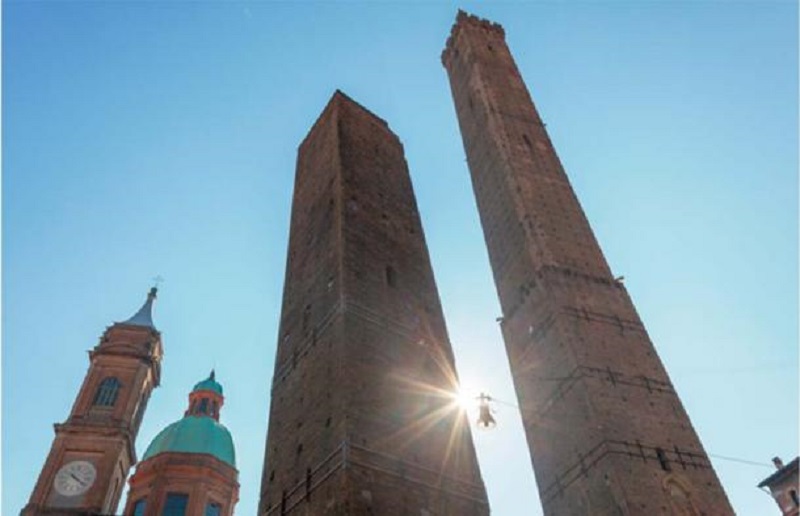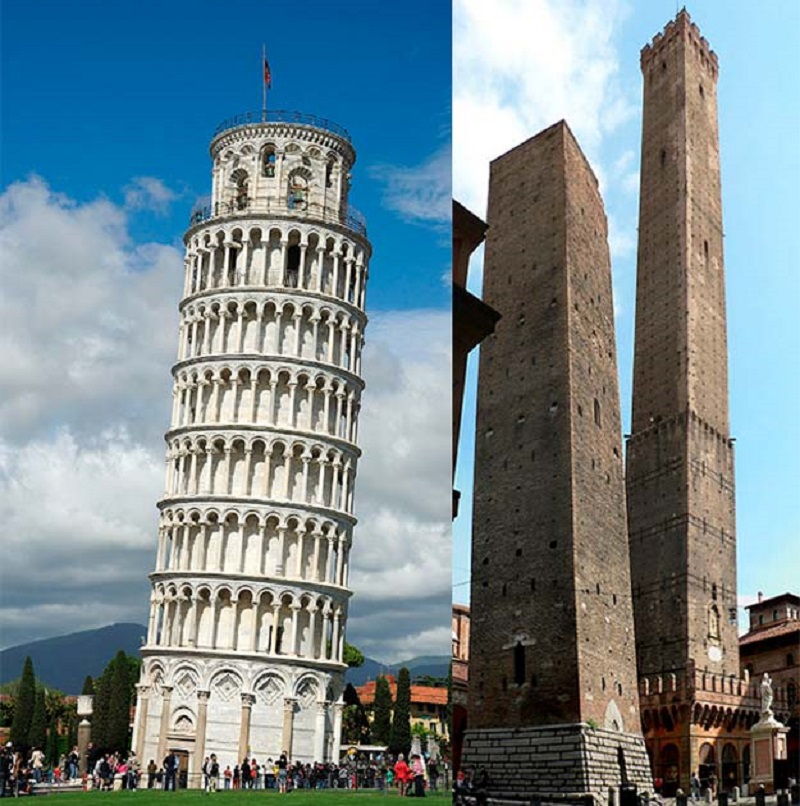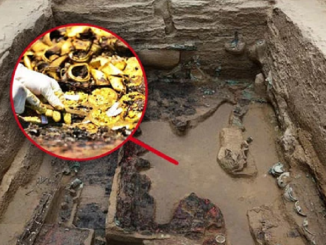Italy’s Leaning Tower appears again, and no, it’s not in Pisa! Rather, it’s the Garisenda Tower in Bologna, and officials have now closed it, along with the adjacent central square, over fears it will collapse. A few meters from the much taller (twice its height) Asinelli Tower, these ‘twin towers’ are a historical symbol of the city, with the Garisenda remaining tilted at 4 degrees for centuries. However, recent surveys have found “traces of an unexpected rotation” on the incline that caused immediate closure of the area for “a number of years”.
The 48-meter (157.4 ft) tall 12th-century medieval structure has prompted the Italian city’s mayor, Matteo Lepore, to call for the closure of Piazza di Porta Ravegnana, which is needed to “save” the Garisenda Tower. “We didn’t intervene because we thought it could collapse at any time, we intervened because we wanted to ensure its safety and restore it,” he said.
Unusual approach: Appoint an expert committee
This discussion was prompted by the findings of scientists from the University of Bologna, who discovered an unusual increase in the tower’s sway. The Garisenda Tower, which attracted the likes of Charles Dickens during his visit to Bologna, has a 4-degree tilt, only slightly steeper than the more famous Leaning Tower of Pisa in Italy, which leans 3.9 degrees, The Guardian reported. It is believed that the tower’s tilt may be due to ground subsidence that occurred in the 14th century.
The Leaning Tower of Pisa (CC BY-SA 3.0) and two towers of Bologna: the Garisenda tower and the Asinelli tower on the far right. (Patrick Clenet/ CC BY-SA 3.0 )
Efforts are underway to monitor the tower for any signs of cracking, with sensors being installed to track any possible movement. To improve the stability of the tower, its foundation will be reinforced with new materials. As a precaution, the Asinelli Tower, a popular climbing attraction, was temporarily closed to ensure safety.
“Everyone agrees that the base needs to be reinforced because of its historical weakness and because of the recent concerns about collected data.” “The question is how and we need to study that thoroughly before planning for recovery,” he explained.
For many years, a specialized committee of national experts including geologists, engineers, architects and chemists analyzed data collected from the Garisenda Tower, collected through via acoustic sensors, fiber optics, GPS devices on top of towers, pendulums and groundwater. monitoring system near the tower’s underground aquifer.
Bologna’s skyline, including the Garisenda Tower and the Asinelli Tower. ( ecstk22 / Adobe Stock)
Reinforcing the Garisenda Tower: A history of shaky recovery plans
In 2021, substantial iron rings were installed at the base of the tower, encircling the tower to protect it from potential cracks in the tower’s fragile selenite rock. As a precautionary measure, iron rings were introduced to reinforce the upper part of the tower, built from typical Bologna red bricks, dating from the late 1990s, the New York Times reported. .
Ground subsidence and tower foundations date back to the early 1100s, possibly due to construction errors. In the mid-1300s, concerns about the tower’s stability caused it to be partially shortened. The tower’s remarkable forward leaning posture even caused fear in the famous poet Dante Alighieri, who likened it to the appearance of the giant Antaeus in “Inferno”, the first volume of his film “Divine Comedy”!

The towers bear the names of the influential families who built them. The two leaning structures are iconic symbols of Bologna. (Guido/Adobe Stock)
In previous years, experts had proposed a solution that involved building a series of tall bridge piers equipped with strong steel cables to support the Garisenda Tower and prevent any further decline in angle. its tilt. However, this project was eventually abandoned due to concerns that the deep excavation required for the deep foundations of these bridge piers could jeopardize the stability of the nearby Asinelli Tower.
A restoration plan was then conceived, which involved injecting a specialized cement into the base of the tower to fill the voids that had formed in the selenite rock over time. However, this plan did not move forward as experts determined that further testing was needed before implementing the project.
Because the area around the tower is now off-limits, current plans call for bulkheads to be built around the tower’s base to stabilize the tower. In the future, the 157-foot (48 m) tower will be encased in a protective shell as a restoration strategy is carefully chosen.
Mr Lepore admitted that it remains uncertain whether experts will attempt to straighten the tower, reinforce its base or even consider partially dismantling and rebuilding to ensure a stronger structure. . He assured that the safety net for the tower would be erected within six months.
In 2021, the city of Bologna celebrated an important achievement when its network of porticoes (extended blocks of houses) spanning the city and totaling some 39 miles (62 km) was designated a Heritage Site. UNESCO World. The city is now looking to expand this protected area to include Garisenda Tower and Asinelli Tower.




